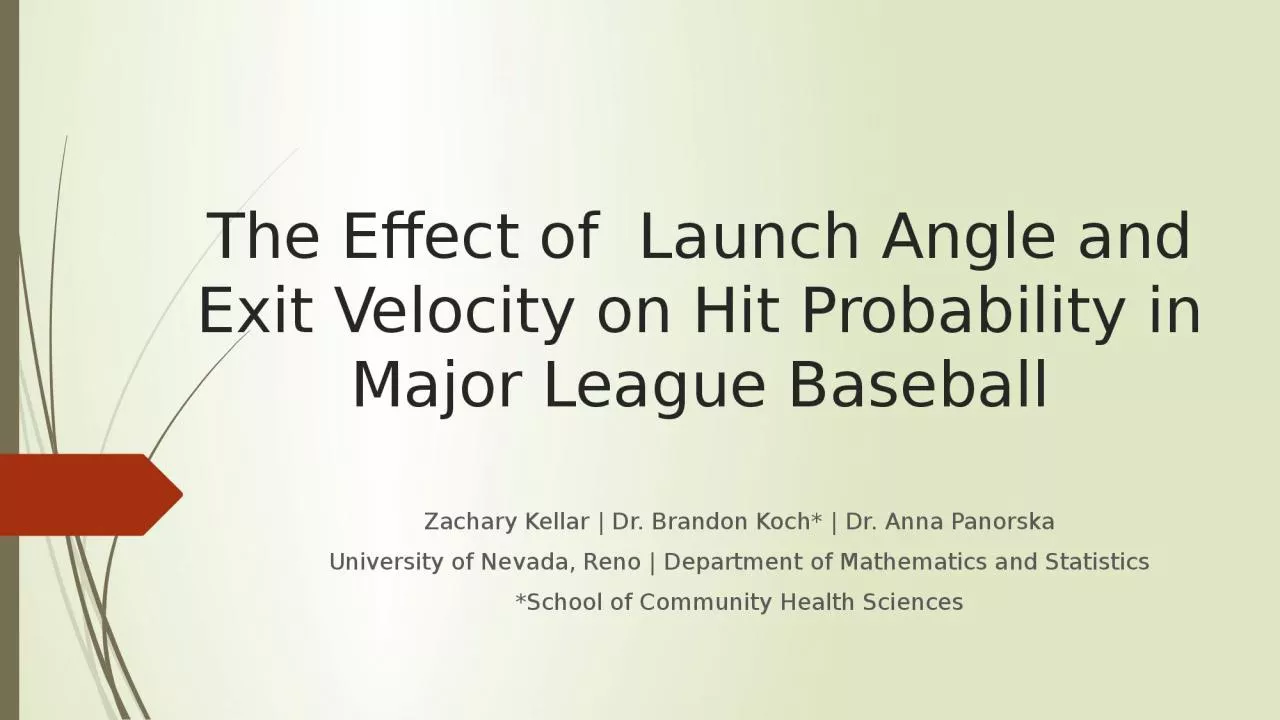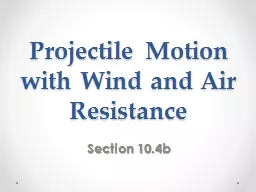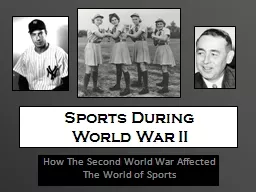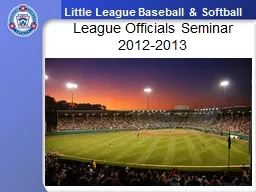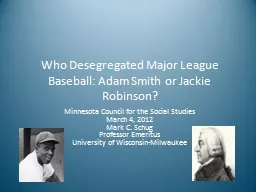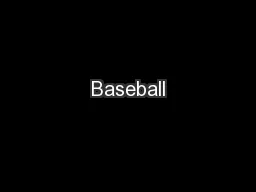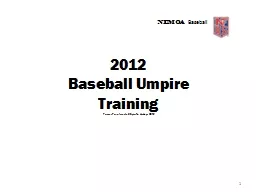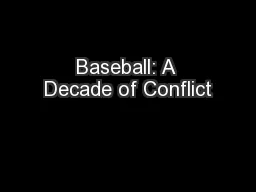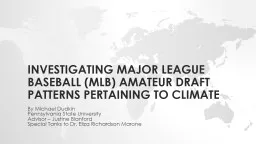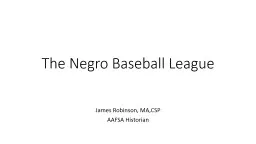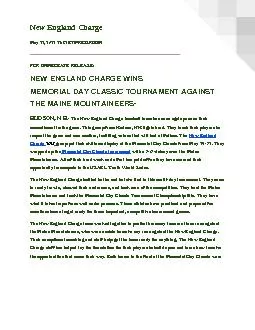PPT-The Effect of Launch Angle and Exit Velocity on Hit Probability in Major League Baseball
Author : Tornadomaster | Published Date : 2022-08-02
Zachary Kellar Dr Brandon Koch Dr Anna Panorska University of Nevada Reno Department of Mathematics and Statistics School of Community Health Sciences Baseball
Presentation Embed Code
Download Presentation
Download Presentation The PPT/PDF document "The Effect of Launch Angle and Exit Vel..." is the property of its rightful owner. Permission is granted to download and print the materials on this website for personal, non-commercial use only, and to display it on your personal computer provided you do not modify the materials and that you retain all copyright notices contained in the materials. By downloading content from our website, you accept the terms of this agreement.
The Effect of Launch Angle and Exit Velocity on Hit Probability in Major League Baseball: Transcript
Download Rules Of Document
"The Effect of Launch Angle and Exit Velocity on Hit Probability in Major League Baseball"The content belongs to its owner. You may download and print it for personal use, without modification, and keep all copyright notices. By downloading, you agree to these terms.
Related Documents

